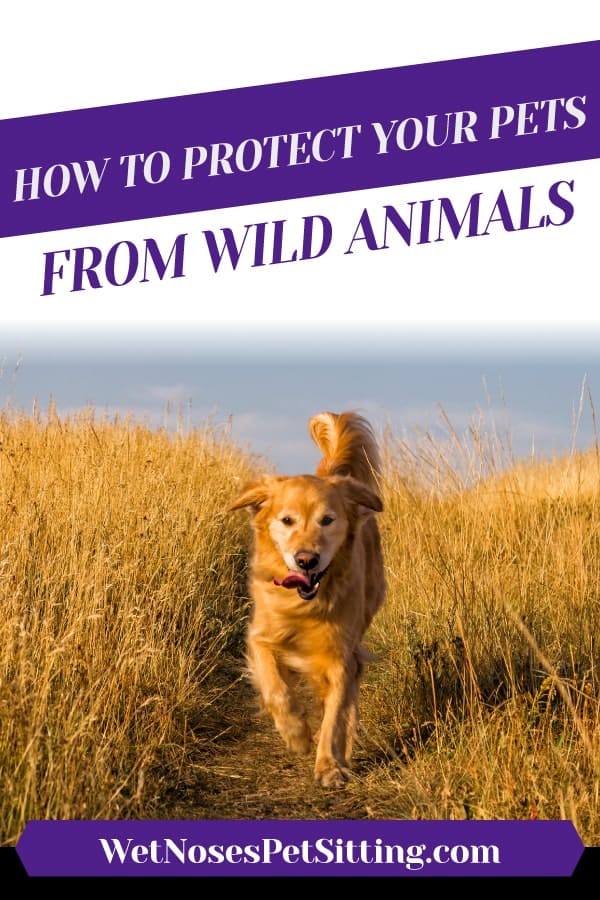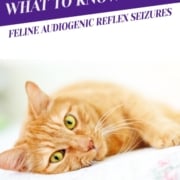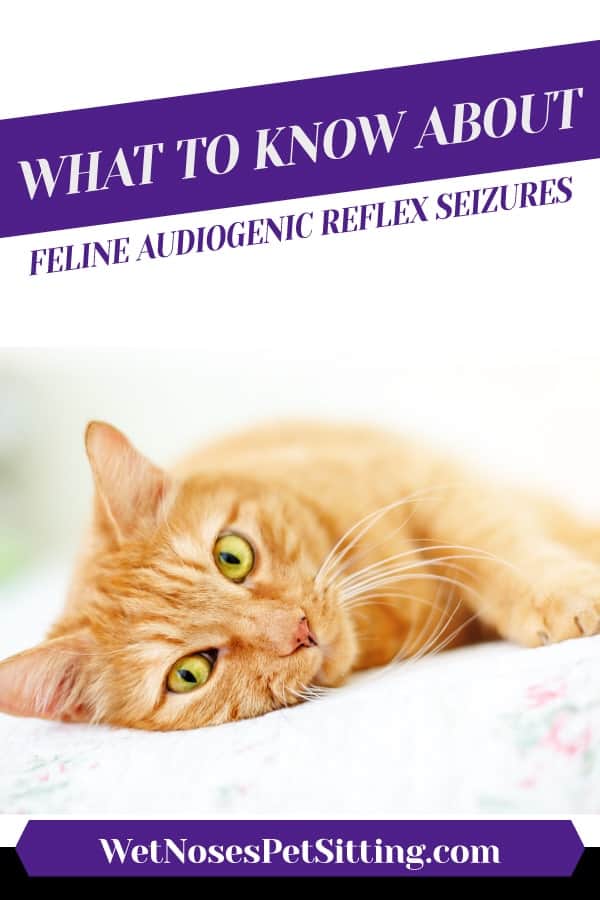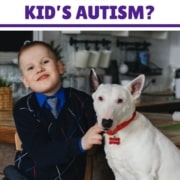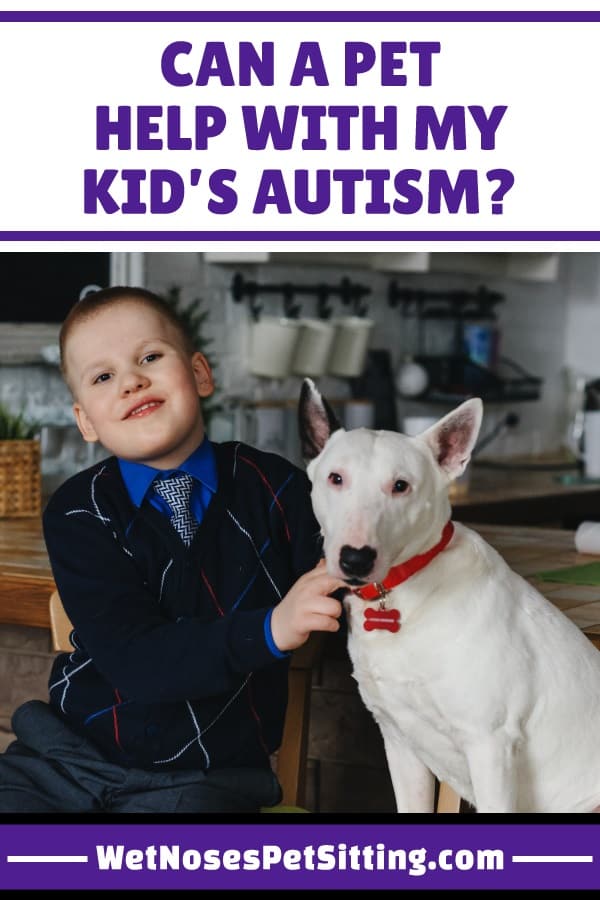How to Protect Your Pets from Wild Animals
This summer, a Fort Collins man was arrested by police after killing a bear that had wandered into his back yard. The bear was threatening the life of the man’s beloved dog, so he took matters into his own hands, shooting the bear once with a rifle. Under Colorado law, residents are protected if they shoot and kill a bear to protect themselves, their home, car or livestock; but not if a bear is attacking a dog. Charges were recently dropped against the man, but the incident opened the question: what can you do to protect your pet from wild animals? With winter right around the corner, encounters with wild animals will become more common, so what should you do if you and your pet are on the receiving line of a threat?

Whether it be a bear, coyote, snake, skunk or another critter, it’s not uncommon for wild animals to sting, bite, poke and spray anyone or anything that they encounter. According to Veterinary Pet Insurance (VPI), the most common wild animals to attack pets are – in order most common to least common – snake, coyote, raccoon, squirrel, scorpion, javelina (a medium-sized hoofed mammal that somewhat resembles a pig), porcupine, ground hog, skunk and rat. No matter the animal, here are a few things you can do as a protective pet parent to help prevent an attack, and be prepared in the event one does occur:
- Call your County’s Cooperative Extension Service Agent or Colorado Parks and Wildlife for information about potential wildlife hazards for your area. Knowing areas that are frequented by wild animals and where frequent encounters occur, makes it much easier to avoid those areas.
- Speak with your veterinarian about any additional vaccinations your pet should have in addition to Rabies and other species-specific vaccinations, based on where you live and your lifestyle. For example, it may be suggested your dog be vaccinated for Leptospirosis, a bacteria spread through water, soil and the urine of infected animals.
- Of the 25 species of snakes in Colorado, only the Western or prairie rattlesnake and the Desert Massasauga are venomous species. If either of these species pose a problem in your immediate area, speak with your vet about emergency protocol – is there an antivenin available? Does your vet recommend a rattlesnake vaccine or some type of avoidance training? What should you and your pet do if one of these venomous snakes crosses your path?
- Always keep your pet on a leash when exploring new areas. If you pet is growling, seems cautious or if you notice the hairs over his shoulder blades standing at attention, take heed. Your pet can sense other animals much sooner than you can. An attack only takes seconds, and if you are far away from veterinary services, every second counts.
- Always keep a well-stocked pet first aid kit readily available. You can purchase a pre-stocked kit, or confer with your vet as to what items he recommends so you can create your own. Instructions on how to use each item in the kit in the event of an emergency is just as important as a well stocked kit.
- Be sure to keep your pet’s ID tag and/or microchip information current, as a scare from a wild animal may cause him to high tail it out of there, and you want to ensure a happy reunion.
- One of the safest things for your dog at home is a secure, fenced-in yard. Check the perimeter often for signs of an animal trying to dig its way in, and fill any holes immediately. Many animals can simply scale the fence to find their way into your yard, so keep food items and treats indoors, as they will attract potential unwanted visitors. If you do find an unwelcome animal in your yard, keep your pets inside and call Animal Control immediately.
As with most things in life, preparation is key when protecting your pet. Know what threats are lurking outdoors, work with your veterinarian to have a plan in place in the event of an attack, and do your best to avoid a potentially dangerous encounter with a wild animal.


